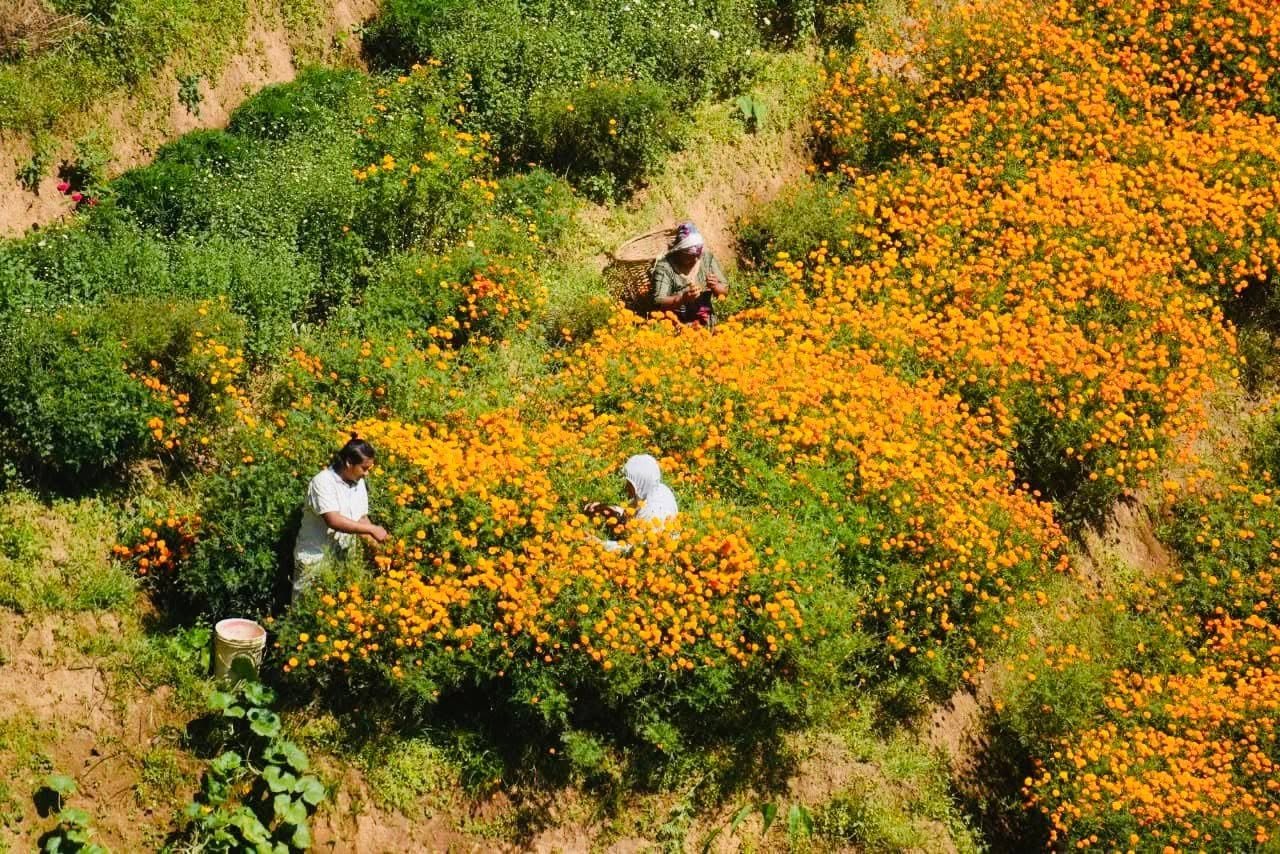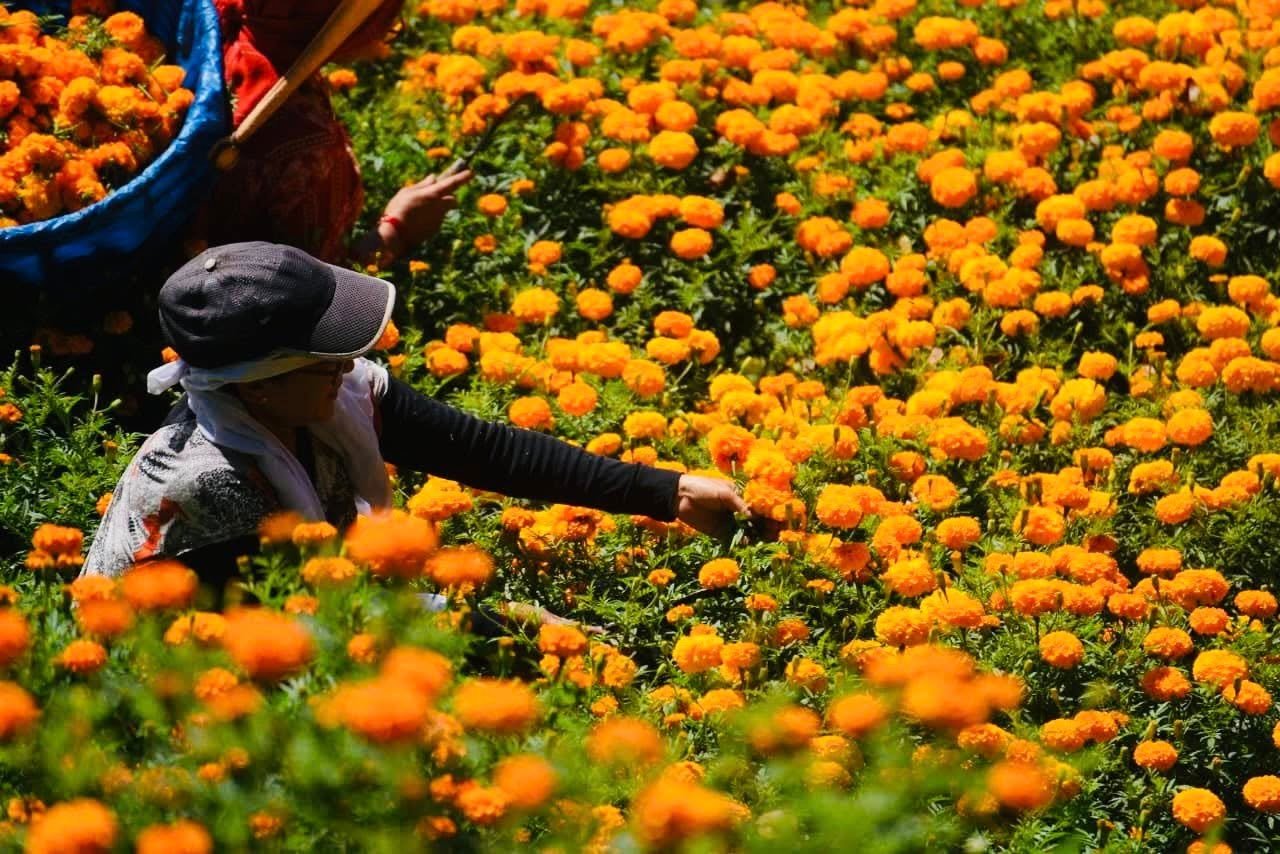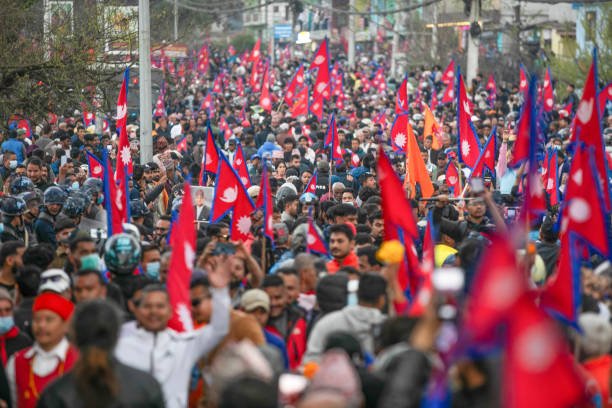By Gurkha Insight • Frontline • Oct 19, 2025 20:28 PM • 8 views

London, Oct 19 — Nepal is illuminated in dazzling colors this week as the nation celebrates Tihar, one of its most vibrant and beloved festivals. Known as the Festival of Lights, Tihar symbolizes the bond between humans, animals, and deities — blending spirituality, family ties, and cultural beauty across the country.
Spanning five days, Tihar honors various animals regarded as messengers and protectors in Hindu culture, before culminating in the emotional and joyful Bhai Tika — a day celebrating the sacred bond between brothers and sisters.
Day Name Focus & Rituals Significance
Day 1 Kaag Tihar (Crow Day) Devotees worship and offer food to crows, believing they are the messengers of Yama (the God of Death). Worshipping the crow is done to ward off grief and misfortune, ensuring no ill tidings are delivered to the household.
Day 2 Kukur Tihar (Dog Day) Dogs—both pets and strays—are worshipped, garlanded with marigold flowers, given tika, and offered delicious food. Dogs are revered as loyal companions, guardians, and the loyal messengers or gatekeepers of Yama. Honoring them ensures they guide souls safely in the afterlife.
Day 3 Gai Tihar (Cow Day) / Laxmi Puja Morning: Cows are worshipped, decorated with garlands, and fed grass. Evening: Homes are meticulously cleaned, and people light diyos (oil lamps), candles, and electric lights to welcome Goddess Laxmi. Intricate rangoli (colorful patterns made from colored rice, dry flour, sand, or flower petals) are drawn on doorsteps. Cows symbolize wealth, prosperity, and motherhood. Lighting the home is meant to guide Goddess Laxmi, the Goddess of Wealth, to bless the house with prosperity and fortune.
Day 4 Goru Tihar (Ox Day) / Govardhan Puja / Mha Puja Goru Tihar: Oxen, which are vital to agriculture, are worshipped for their service. Govardhan Puja: Worshippers often create and worship a miniature mountain replica made of cow dung, symbolizing Mount Govardhan, a tribute to Lord Krishna. Mha Puja: Primarily celebrated by the Newar community, this is the worship of the self, marking the beginning of the Nepal Sambat (Newar New Year) It honors the animals essential to livelihood and the divine protection of Lord Krishna. Mha Puja is a spiritual reflection, celebrating the inner self and life's journey.
 Day 5 Bhai Tika (Brother-Sister Day) Sisters perform a special ceremony for their brothers, placing a seven-colored tika (saptarangi tika) on their foreheads, adorning them with garlands of Makhamali (Globe Amaranth) flowers, and offering them fruits, sweets, and gifts. Brothers, in turn, offer gifts and promise protection. This is the culmination of the festival, celebrating the eternal and sacred bond between siblings, with sisters praying for their brother's long life, prosperity, and well-being.
Day 5 Bhai Tika (Brother-Sister Day) Sisters perform a special ceremony for their brothers, placing a seven-colored tika (saptarangi tika) on their foreheads, adorning them with garlands of Makhamali (Globe Amaranth) flowers, and offering them fruits, sweets, and gifts. Brothers, in turn, offer gifts and promise protection. This is the culmination of the festival, celebrating the eternal and sacred bond between siblings, with sisters praying for their brother's long life, prosperity, and well-being.
Major Cultural Highlights Deusi and Bhailo: During the nights of Tihar, groups of children and young adults (boys sing Deusi, girls sing Bhailo) visit homes, singing traditional songs and performing dances for blessings. In return, the homeowners offer them money, sweets (prasad), and gifts. The money collected is often used for social causes or community celebrations.
Decorations and Illumination: The term "Festival of Lights" is evident in the dazzling display of diyos, candles, and vibrant electric lights that illuminate every home, shop, and street, symbolizing the victory of light over darkness.
Festive Foods: The festival is a time for feasting. The most iconic food is Sel Roti, a sweet, ring-shaped rice bread, along with various traditional sweets and savory snacks that are prepared and shared extensively among family and friends.
Family Reunion: Tihar is a major holiday for family reunions, similar to Christmas or Thanksgiving in other cultures, with many people returning to their ancestral homes to celebrate and strengthen family ties.
Gambling: Although legally restricted, a tradition of playing cards and dice is commonly observed among family and neighbors during Tihar to enhance the festive spirit.
Markets across Kathmandu, Pokhara, and other cities have been bustling with shoppers buying lights, sweets, and garlands. Despite rising costs of goods, the festive spirit remains high, as families, neighbors, and communities gather in joy and harmony.
As night falls, homes across the nation sparkle in light and laughter — a radiant reflection of Nepal’s cultural heritage and enduring togetherness.
Tags:



